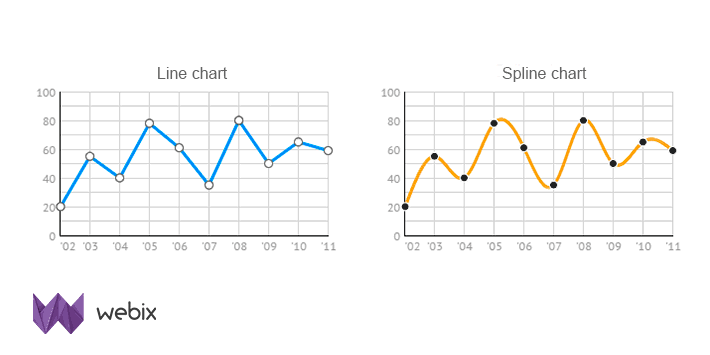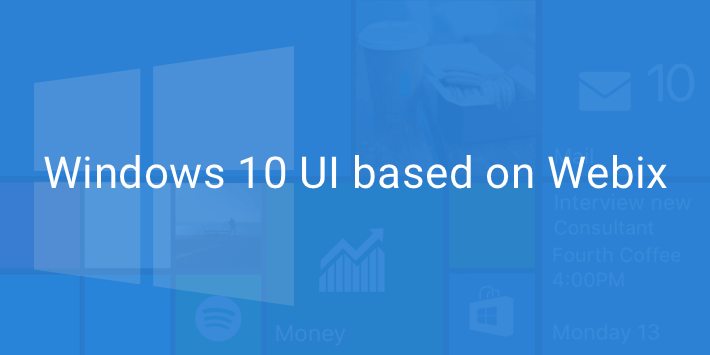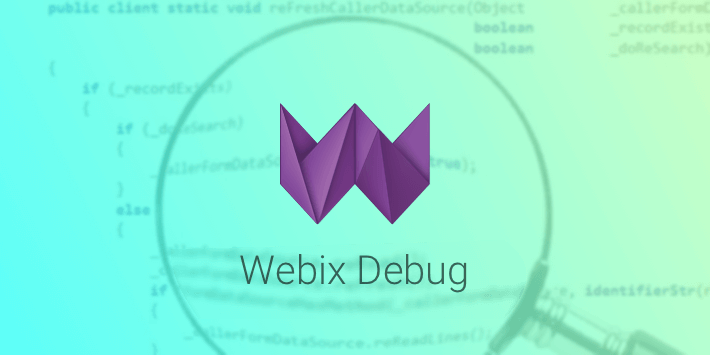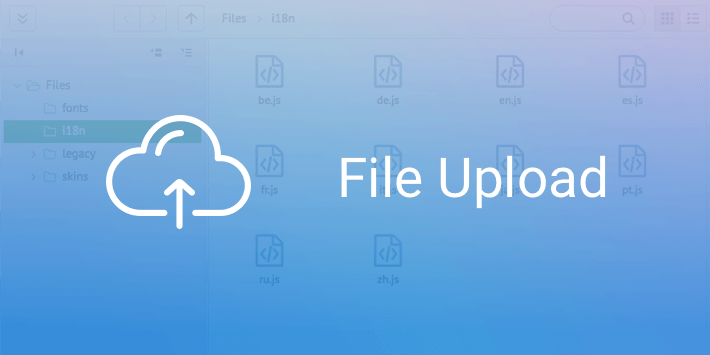Only good-looking and powerful tools for interacting with users can help developers conquer the modern web. Forms are true visitor cards of your application, as the positive experience during filling them adds a lot to user loyalty. Let’s find out how many carma points you can achieve by choosing Webix Javascript form.

WEBIX BLOG
Using Typescript Types in Webix UI Framework with Live Demo

With Webix you can also follow the TypeScript pattern and enjoy all the benefits of static typing from hints on methods’ usage during development to stable applications in the long run. The article below will tell you how to do it.
How to Create a Desktop App Using CSS and HTML5? Windows UI Example
Native applications are increasingly replaced by their Web analogues. More and more companies are developing cross-platform products and services, and you can do the same with Webix. The powerful javascript widgets library is capable of repeating any interface and, to prove this, let’s replicate Windows 10 interface in a web application.
Client Side vs Server Side UI Rendering. Advantages and Disadvantages
How to debug code and develop UI effectively with Webix UI Framework
“Debugging is like being the detective in a crime movie
where you are also the murderer”. Filipe Fortes
Want to develop Webix-based apps wisely and efficiently? Tired of red-eye nights spent by the computer screen? Still feel pain after catching that naughty untrackable bug last week?
Then it’s high time to arm yourself with technology and knowledge. Today I am going to get you acquainted with debugging tools that Webix offers right out of the box.
Atom Electron and Webix UI: An Example of Building Cross-platform App
Electron is an open-source framework that allows you to develop cross-platform desktop apps using web technologies such as JavaScript, HTML and CSS.
If you’re a web developer that has an idea of an app that no one can live without, you may wish to enlarge your audience by creating a desktop version as well. But multi-platform desktop application development involves the use of many different technologies, which significantly complicates the task.
 <br/ >The main aim of this article is to learn how you can create cross-platform applications using Webix JavaScript Library and Electron. Besides that, we’ll use Node.js for the server-side part of our project and gulp to build project.
<br/ >The main aim of this article is to learn how you can create cross-platform applications using Webix JavaScript Library and Electron. Besides that, we’ll use Node.js for the server-side part of our project and gulp to build project.
Real-time Web Applications with Examples by Webix UI and Firebase Tools
Webix, in its turn, provides a wide variety of components that you can use for building a user interface, from simple inputs to complex components, such as datatable, scheduler or spreadsheet, and even accessible UI components.

Real-time firebase apps allow users to get new information as soon as it is published. There’s no need in reloading. New data appears on the screen right after the update. This functionality can be used for demonstrating real-time changes in the form of different types of charts, for example.
In this article we’ll learn the basics of building real-time web applications with Webix UI and Firebase by Google.
Online Javascript File Upload Using Webix Library
Managing form attachments, adding images to online galleries, sharing documents – there are lots of situations where online file uploader can be useful. Native HTML5 file upload can cope with all these tasks well, but it is not that spectacular, isn’t it?
If you need to visualize uploading process, show progress or smoothly drag and drop files for uploading, follow this article to learn how Webix javascript framework can solve these issues for you.
Accessible Web UI Components for Developing Applications
Web and Internet should be accessible to everyone. This self-evident concept gives rise to another important principle, which modern UI developers should bear in mind: present-day web applications should be usable by all community members regardless of their physical abilities.
If you develop with Webix, you don’t have to worry about accessibility. From version 4.0 all its UI components have been enhanced to meet the standards. The article below tells about the main accessibility hallmarks in the library.
Exploring Types of Charts
Struggling for the correct data visualization? That’s the challenge! Catchy and informative charts immediately win the hearts of analysts and customers, that’s why Webix offers… let me count… 14 different types of charts with 2 functional variations alongside with 2 chart-like widgets for specific use cases.
Yep, diversity makes lives brighter while the choice becomes more difficult. You have to select the right chart for your application as carefully as you choose a Christmas gift for your best friend. The article below can guide you to the ultimate tool.

Learn about our guest posts guidelines




